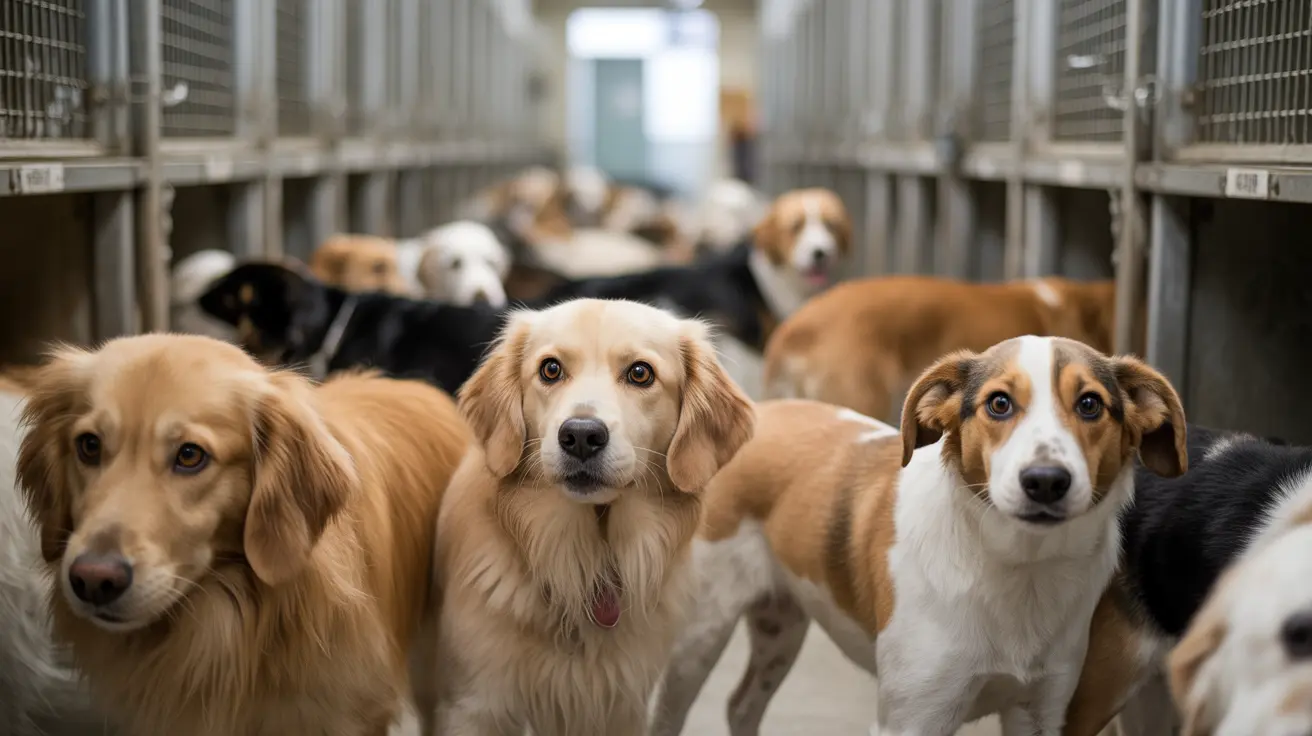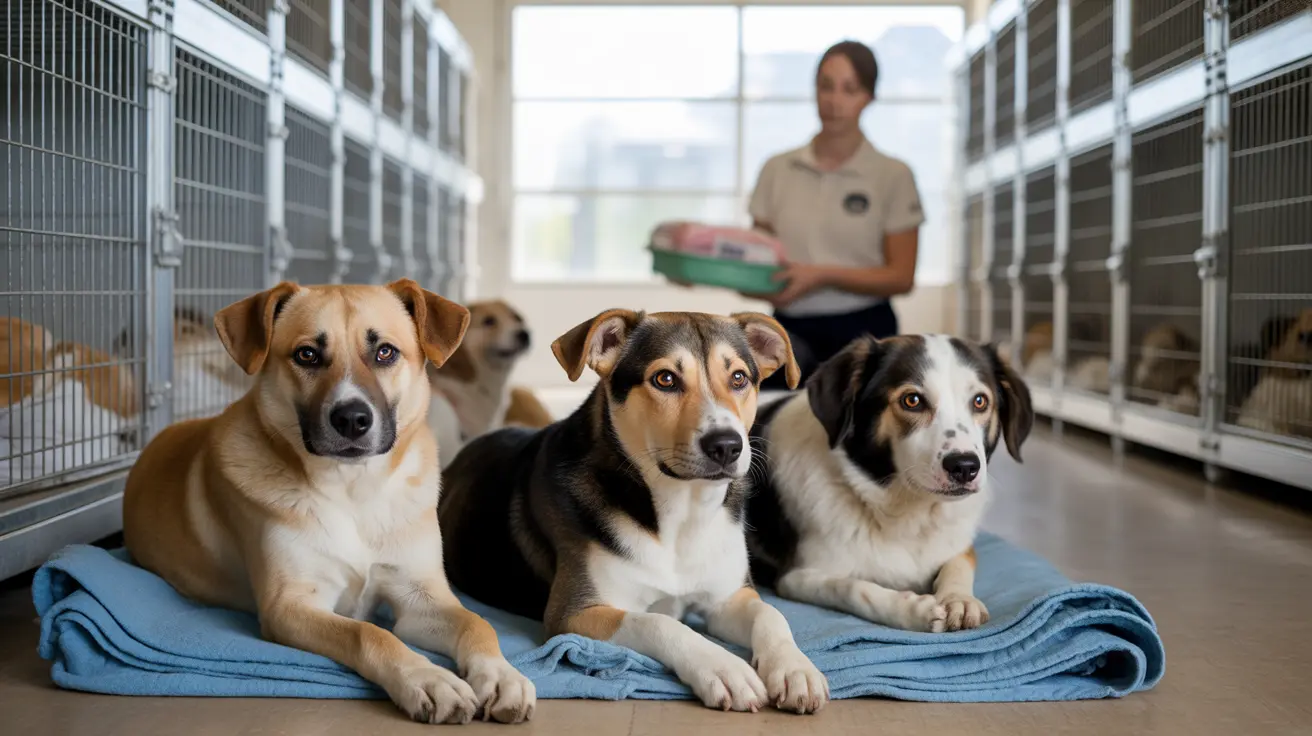Do All Dogs Need Anal Glands Expressed?
Anal glands are small sacs located on either side of a dog's anus. These glands naturally secrete a fluid that is normally expelled when a dog defecates. However, sometimes issues can arise with these glands, leading to discomfort or infection.
Understanding Anal Glands
The primary function of anal glands is to produce a scent-marking fluid. Most dogs will express their anal glands naturally during bowel movements, especially if their stools are firm enough to put pressure on the sacs.
Signs of Anal Gland Problems
- Scooting or dragging their rear on the ground
- Licking or biting at the anus
- A foul odor coming from the rear end
- Swelling or redness near the anus
If you notice any of these signs, it could indicate that your dog's anal glands are impacted or infected and may need attention.
When Expression Is Needed
Some dogs never have issues with their anal glands and do not require manual expression. Others, especially small breeds or those with chronic soft stools, may need regular help from a veterinarian or groomer. Manual expression should only be done when necessary, as overdoing it can cause irritation.
Risks of Not Addressing Anal Gland Issues
- Pain and discomfort for your dog
- Infections and abscesses
- Potential for ruptured glands requiring medical treatment
If your dog frequently has problems with their anal glands, your vet may recommend dietary changes (such as adding fiber) or other management strategies.
Caring for Your Dog's Anal Glands
- Monitor for symptoms like scooting or excessive licking.
- Consult your veterinarian if you suspect an issue.
- Avoid expressing the glands yourself unless trained by a professional.
Your vet can teach you how to check and express the glands safely if needed. For most dogs, regular exercise and a healthy diet help maintain normal gland function.





